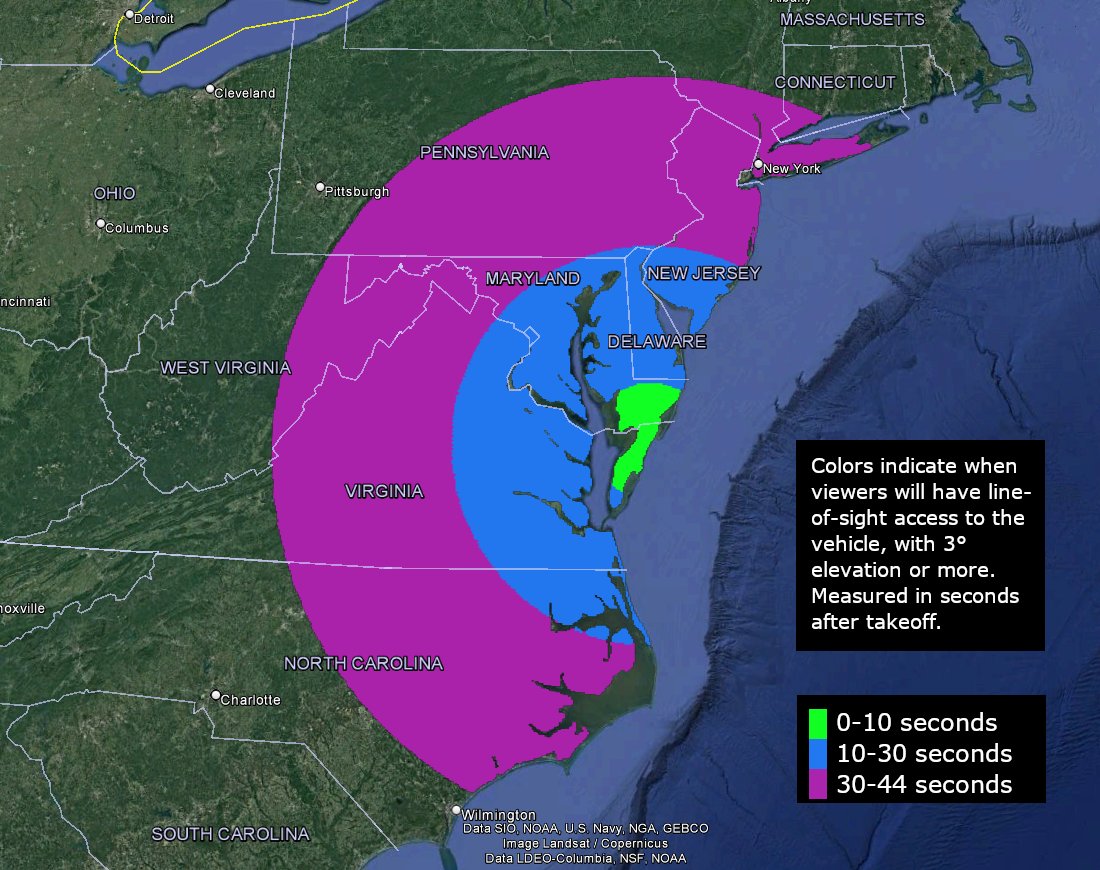
A rocket will be launching from NASA’s Wallops spaceport on the Virginia coast during the first week of January if the weather cooperates. A Black Brant IX Sounding Rocket is due to launch at some time between 10pm on January 4 and 2 am on January 5; if weather or other conditions force a postponement, the launch has back-up dates stretching from January 5 through January 17.
The rocket is bringing a payload to space to help understand the source of space x-rays. The mission, called “Diffuse X-Rays from the Local galaxy”, or DXL for short, will help study the sources of soft X-rays that impact Earth from elsewhere in the galaxy.
According to NASA, while not harmful to humans on Earth, soft X-rays can make changes in the Earth’s ionosphere which can disturb radio communications and the accuracy of GPS navigation systems. They have lower energy as compared to hard X-rays, which are used in imaging for medical applications.
“Very low energy diffuse X-rays from space are believed to come from two sources,” said Massimiliano Galeazzi, the principal investigator for the DXL mission from the University of Miami, Florida. “The first source is located outside our solar system and is generated by remnants of multiple supernovae explosions forming what is now called the Local Hot Bubble region of our galaxy. The second source is within the solar system and is generated by the solar wind charge exchange. DXL seeks to gain a better understanding of the nature and characteristics of these sources.”
The nighttime launch of the rocket should be visible in skies as far away as New York and Connecticut to the north, Pennsylvania and West Virginia to the west, and North Carolina to the south. Portions of Virginia, Maryland, Delaware, and New Jersey should get the best view within seconds of launch. Because the rocket is using solid fuel, it is likely to race up into space faster than liquid fuel propelled rocket launches. By a minute after launch, the rocket shouldn’t be visible in the sky.
To watch the rocket, one should orient themselves in the direction of the NASA Wallops spaceport and be away from cloud cover and sources of light pollution. NASA will also stream the launch on their YouTube page. Due to the ongoing pandemic, the NASA Wallops Visitors Center remains closed as is their outdoor launch viewing area.